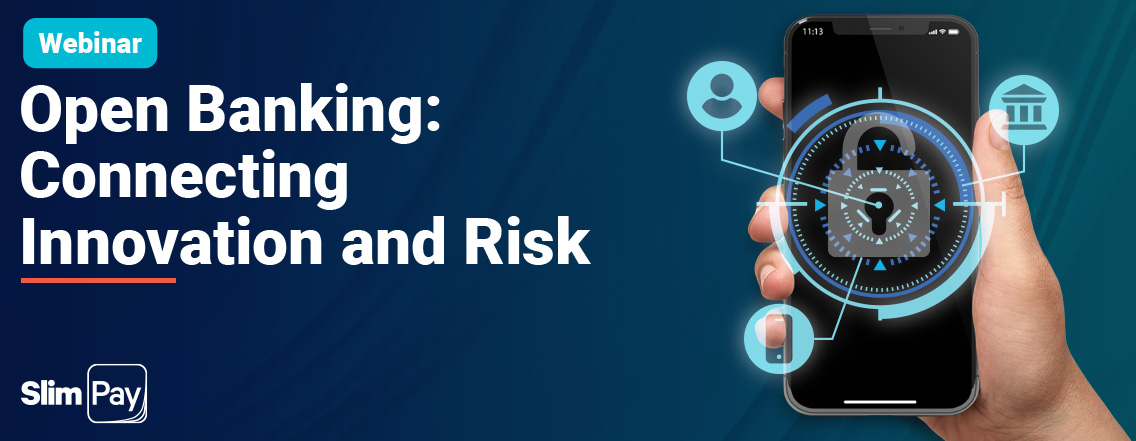Consumers today expect a smooth payment experience, with minimal steps, and a mobile-friendly design. Consumers want to buy on their own terms and their habits have shifted to a subscription model, compared to before, where ownership was more important.
The European Union plays a decisive role in the payment ecosystem, creating directives that help simplify payment processes. One of these directives is the Payment Services Directive 2 (PSD2), which led to the open banking ecosystem that has developed in recent years in the European Union and United Kingdom. The main goals of open banking are to give consumers more control over their data and choice in how they manage their finances, and to give banks and financial institutions the possibility to offer more tailored services to them. This translates into personalised service and many benefits for both merchants and customers.
An open banking ecosystem serves as a platform for various participants, such as data providers, third-party providers, customers and others to provide a secure and seamless payment experience. Open banking also provides a new environment for risk management.
Open banking, and especially Payment Initiation Services (PIS), provide a simple and frictionless payment journey, which improves the overall customer experience. Consumers aren’t required to enter card numbers or long IBANs. The only action from the consumer is to connect to their banking app, verify the details of the transaction and validate it using biometrics (facial recognition, fingerprint) or their secret bank code.
A payment initiation looks similar to a bank transfer, which is authorised by the consumer. Because it uses strong authentication, once the payment has been validated, funds are guaranteed and a consumer cannot request a refund, unlike a normal bank transfer. This helps secure transactions on the consumer side, and improve cash flow optimisation on the merchant side.
Open banking offers larger opportunities, especially with the collection of data about customers and their accounts—with their consent. This is especially beneficial for compliance and risk management, as rich, first-party data helps companies better assess their customers, as well identify fraud before it can cause damage.
Watch our latest webinar and learn about open banking and how it can leverage data to respond to your specific needs as a merchant. You will also learn how our new solution, SlimCollect, is using this technology to bring value to both merchants and consumers. Specialists in recurring, account-to-account payments, we take the best of open banking payments and direct debit to provide an optimal combination of customer experience and security.
In our latest webinar, we discussed how to leverage this data and move from a payment service provider to a growth partner for your business.
Key takeaways:
- How open banking is revolutionising payments
- Benefits for merchants and consumers
- Managing risk through better data analysis
- How to create the best business model and become growth partners
Didn’t get a chance to watch the webinar? Click on the button below to access the replay of our webinar – Open Banking: Connecting Innovation & Risk




